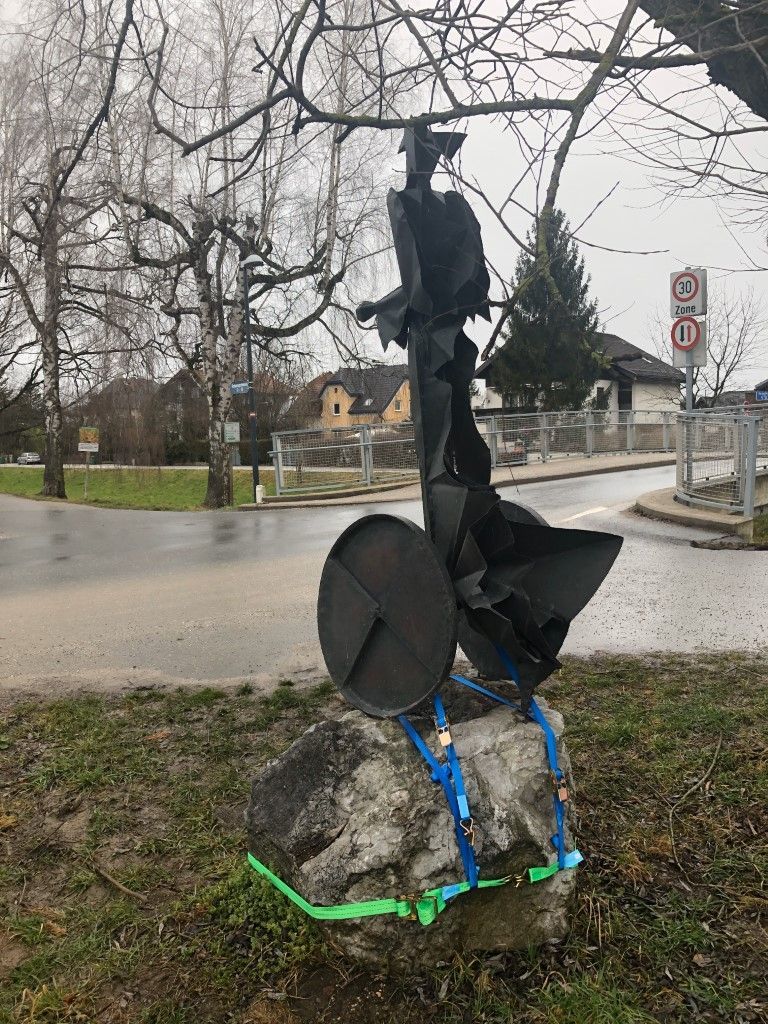Slovakia commemorated one of the most important events in its modern history – the beginning of the partisan rebellion against the Nazi regime. At least 130,000 Slovaks and, according to historical sources, another 8,400 foreign fighters of thirty different nationalities fought in the Slovak mountains from August 29, 1944 until the end of the war.
In addition to Czechs, Spaniards, Italians and/or Ruthenians, the Roma also joined the resistance, explains ethnographer and historian Zuzana Kumanová.
“In 1940, a military law was passed, on the basis of which Roma boys did not become soldiers and performed substitute military service only in the 6th unarmed work battalion. That is where labelling, marking people unsuitable for the defence of the homeland, appeared for the first time. And other regulations, which were related to displacement outside the villages, in turn created space for the support of partisans,” the ethnographer and historian points out.
In January 1945, for example, the German Wehrmacht herded 60 Roma, including women and children, into huts in Čierno Balog and set fire to the houses. All died on the spot. However, historian and ethnographer Kumanová reminds us that Roma victims of World War II are not often talked about. The Ma bisteren project is therefore trying to raise awareness of the Roma Holocaust.

